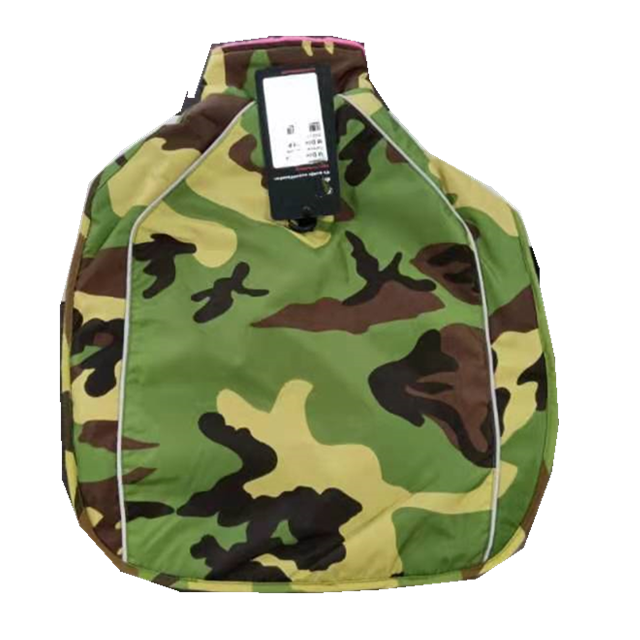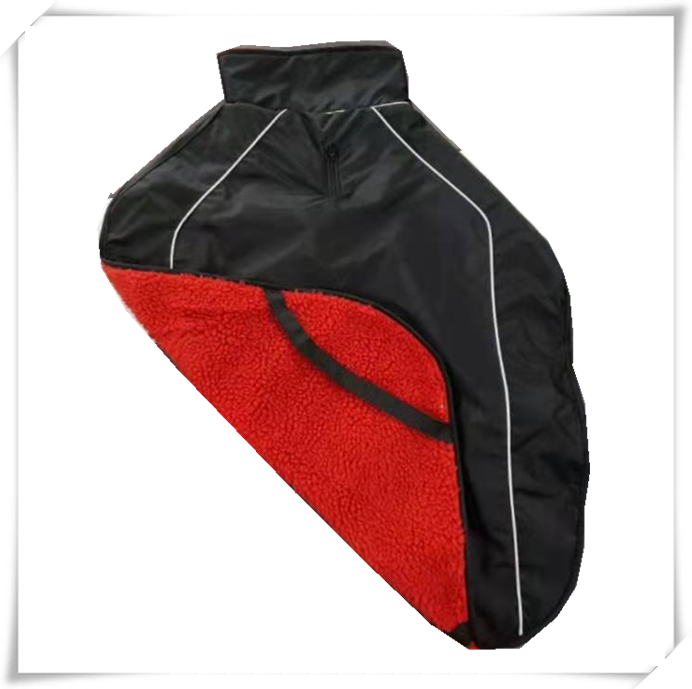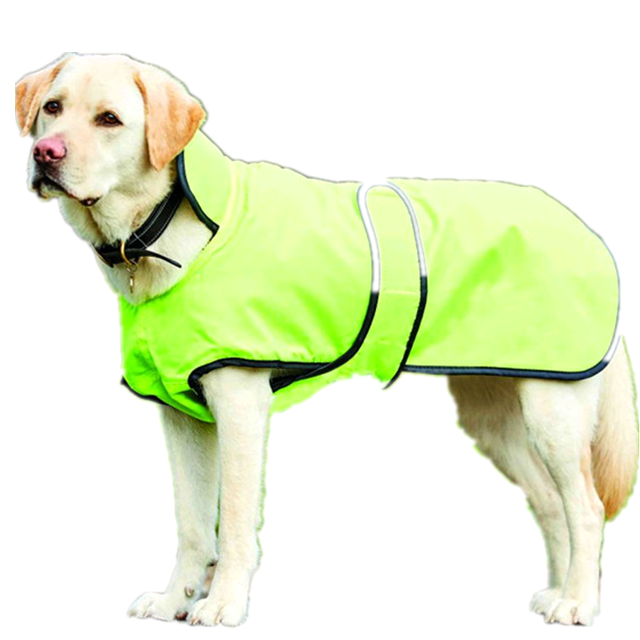Su Shi cultivation techniques involve careful selection of the planting environment, proper seedling management, and precise water control. The first step is choosing an appropriate water surface—typically shallow lake edges or swampy areas with a stable water level. During dry seasons, the water depth should be around 20–30 cm, while during flood periods, it can rise to 100–150 cm. The underwater silt layer must be at least 20 cm deep, and the soil should contain over 1.5% organic matter for optimal growth.
When it comes to sowing, Su Shi seedlings are not typically grown from live plants but require transplanting for better quality and yield. Seedlings are often raised in nurseries under warm microclimates to extend their growing season. A well-maintained seedling pool ensures successful germination and strong growth, laying the foundation for high yields. In the middle and lower reaches of the Yangtze River, early maturing alfalfa varieties sprout in early April when temperatures reach 10°C or above. Late-maturing white calyx varieties usually start about 10 days later. Seeds are soaked in containers, kept at 20–25°C during the day and 15°C at night, with daily water changes until most seeds germinate after more than 10 days.
Before sowing, a 2m² seedling pool, 20cm deep, is prepared in a sheltered paddy field. The area is cleared of weeds, duckweed, and algae, and filled with 10cm of water. Germinated seeds are evenly spread on the water surface, avoiding burial in the mud. Seedlings are fragile and prone to damage, so markers are placed around the pool to prevent accidental disturbance. Sowing rates are approximately 5kg per tank.
Transplanting occurs 1–2 weeks later. The transplanting pond should be a low-water paddy field with deeper layers, about 50 times larger than the nursery. Soil preparation is similar, with no basal fertilizer usually applied unless the soil is poor. After 30–40 days, when seedlings have 2–3 arrow-shaped leaves, they are ready for transplanting. Careful handling is essential: roots are gently washed, and seedlings are stacked in tubs, shaded, and transported to the new location. Spacing is 50cm apart, and the planting depth should not cover the heart. Water levels are gradually increased from 15cm up to 40–50cm as the plants grow.
For the final planting site, shallow lake edges or swamps are preferred, with a depth of 40–50cm during planting. Maximum flood levels should not exceed 2–2.5m for short periods. The silt layer should be more than 20cm, with organic matter content over 1.5%, and no industrial pollution. Planting is usually done in mid-to-late June, with a blade diameter of 25–30cm. Holes are dug according to spacing (2.3m between rows, 2m between plants), and the planting method involves inserting stalks or sticks before opening holes. Fertilizer is added if the soil is poor, and roots are carefully handled during planting.
Water management is crucial. After planting, the water depth starts at 30cm and gradually increases to 40–50cm once the seedlings survive. During vigorous growth and flowering, the depth can go up to 80–100cm, but should not exceed 1.2m for long. Later, it is reduced to 50–70cm. Weeding is done 2–4 times before leaf closure, with removed weeds used as green manure. Fertilization is applied based on plant needs, using a mix of decomposed manure, urea, superphosphate, and potassium chloride.
Pest and disease control includes managing leaf spot and leaf tumor diseases, which are fungal. Prevention involves crop rotation, avoiding excess nitrogen, and applying fungicides like thiophanate-methyl or carbendazim. For pests like root tubers and leafhoppers, similar methods are used as in lotus cultivation.
Harvesting occurs when fruits are mature, typically 35–55 days after flowering, depending on temperature and water levels. Proper timing ensures full seed development without cracking. Harvesting is done by cutting the fruit stems and collecting the fruits with nets or baskets.
Hedgehog cultivation is simpler and less labor-intensive. It does not use transplanting, instead relying on direct sowing. Seeds are scattered in water, with 1–2 per square meter, or planted in holes spaced every 0.5–1m. Seedlings are inspected and thinned to ensure uniform growth. Harvesting is usually done once when most fruits are mature, typically in late September. Fruits are cut and collected, with floating seeds also gathered to reduce loss.
Contact: Mr. Xia Sun
Phone: (0) 13852501971 / 13056373085
Tel: 0514-8280385
We are the supplier for dog dry robes, Pet clothes supplier, Waterproof dog robe supplier, Recycled dog robe poncho with hood, Dog dry robes. When cold weather, we go out with our dogs. We can help our dog wear a winter jacket, which is waterproof and warm.
We support customized logo and design. Welcome to discuss more details with us.



Dog Robes,Dog Robe,Waterproof Dog Robe,Recycled Dog Robe Poncho With Hood
Suzhou Golden Gamrnet MFG Co.,Ltd , https://www.svchangerobe.com